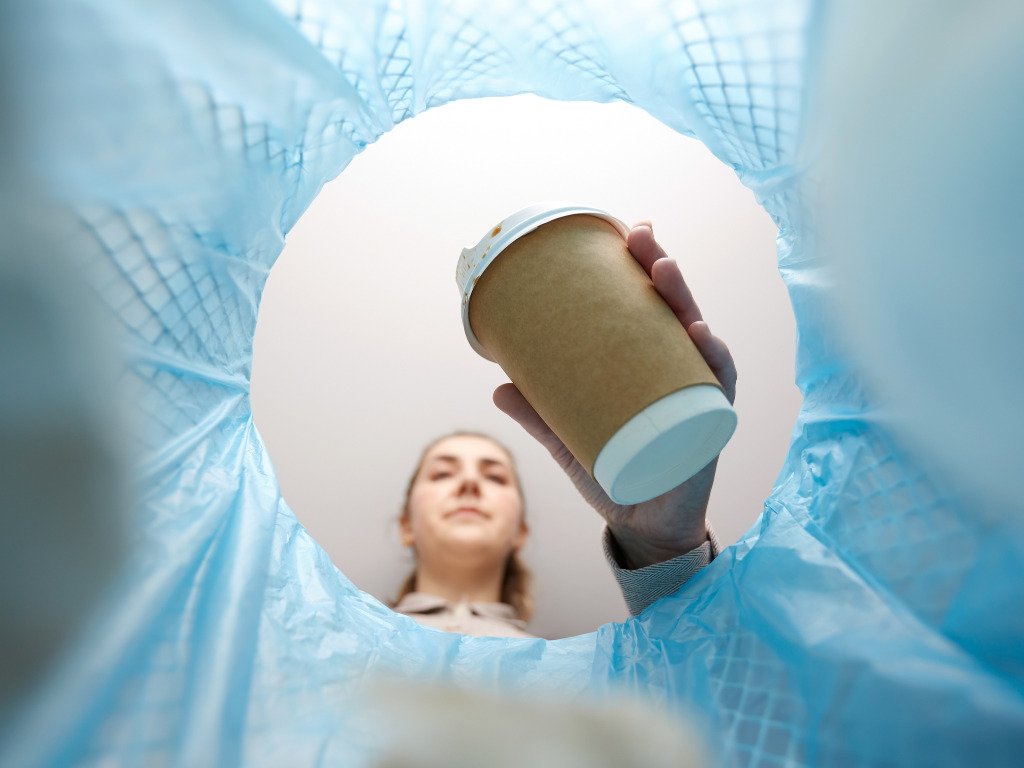The world uses a ton of disposable coffee paper cups each year, and hardly any of them get recycled. You’d think it’s a positive move that big coffee chains are switching to paper cups, but it’s not that simple.
Did you know that these cups can be just as bad for the environment as plastic ones?

It turns out that even though they seem eco-friendly, they’re actually coated with a layer of plastic that can release harmful chemicals when they’re left lying around in nature. Manufacturers throw in processing aids, heat stabilizers, and other stuff, a lot of which is known to be toxic.
And even if they use plant-based materials like polylactic acid, which comes from corn, cassava, or sugarcane and is used to cover paper cups, cup makers still usually mix in a bunch of other chemicals while they’re making them.

It would make sense to step up our recycling game to prevent harmful chemicals from getting into nature, but experts suggest ditching disposable cups altogether. Recycling centers struggle to separate the plastic coating from the paper in these cups, so it’s best to avoid using them.
Also, it’s not just a problem when people litter paper cups with chemicals. It can actually start when you use the cup. In 2019, a research team from India tested paper cups by filling them with hot water to see if any plastic particles or chemicals were released. Surprisingly, they found an average of 25,000 microplastic particles per 100 ml cup in just 15 minutes.

Coffee shops want to find better ways to serve coffee without harming the environment. Some companies have made cups that can be eaten, while others have made cups out of paper folded like origami. These cups are better for the environment because they are made from materials that can be reused or recycled. Coffee shops could use these cups instead of plastic and paper cups, which are bad for the environment.
Reference- Journal Of Hazardous Materials, Environment Pollution, National Geographic, Wired






